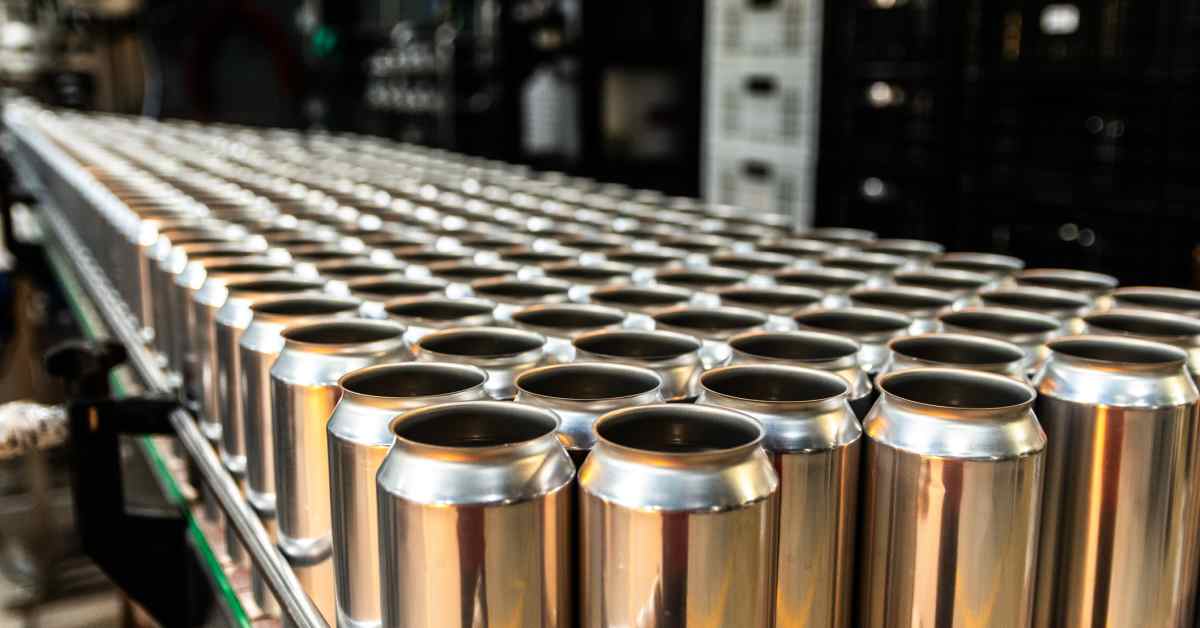
The Price of Pleasure: Why Your Next Beer Might Cost More
For many, the satisfying crack of a cold beer bottle opening is the perfect end to a long day. That simple pleasure, however, is about to get a little more expensive. The cost of beer, a staple in countless homes and social gatherings across the nation, is on the rise, and it’s not just due to inflation or increased demand. A complex web of unforeseen circumstances is converging to impact the price of that beloved beverage.
One of the most significant factors is the escalating cost of raw materials. The humble barley, a crucial ingredient in the brewing process, is facing its own set of challenges. Adverse weather patterns, from droughts to unexpected frosts, are impacting crop yields globally. This reduced supply directly translates to higher prices for brewers, who are forced to absorb these costs or pass them on to consumers. Similarly, the price of hops, another vital component contributing to beer’s distinctive flavor and aroma, is also climbing due to similar agricultural pressures and increased demand. These are not isolated incidents; they represent a broader trend impacting agricultural commodities worldwide.
Beyond the core ingredients, the brewing process itself is becoming more expensive. Energy costs, a significant factor in the production process from heating water to powering machinery, have surged dramatically in recent years. This increase in energy prices is felt across all industries, but the brewing industry, with its reliance on substantial energy inputs, is particularly vulnerable. The cost of transportation, another critical element in getting beer from the brewery to the store shelf, is also contributing to the price increase. Fuel prices continue to fluctuate, and the logistical challenges of efficiently transporting vast quantities of beer across the country further exacerbate this issue.
Furthermore, unforeseen geopolitical events are adding to the pressure. International trade tensions and shifting global supply chains have created uncertainty and increased costs for imported ingredients and packaging materials. Many brewers rely on imports for specialized ingredients or unique packaging elements, and disruptions to these global supply chains can have a ripple effect, impacting availability and driving up prices. Even seemingly small changes in import tariffs or trade agreements can have a substantial influence on the final cost of a beer.
Finally, it’s crucial to consider the impact of inflation on the overall economy. As the cost of living rises across the board, brewers are not immune to the inflationary pressures affecting wages, packaging, and other operational expenses. These increased costs add up, squeezing profit margins and making it difficult to avoid increasing prices for consumers.
In conclusion, the rising cost of beer is a multifaceted problem with no single easy solution. The combination of agricultural challenges, energy price hikes, global trade uncertainties, and persistent inflation creates a perfect storm, impacting the affordability of this ubiquitous beverage. So, the next time you enjoy that cold one, remember the complex interplay of factors that contribute to its price – and perhaps savor it a little more deeply.



Leave a Reply